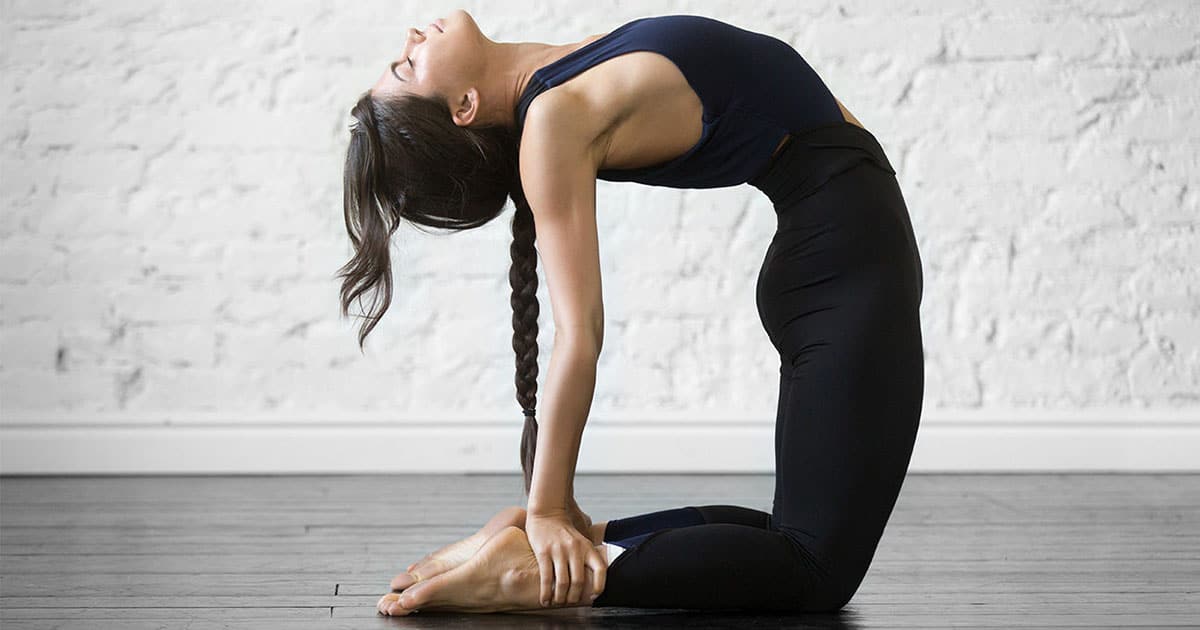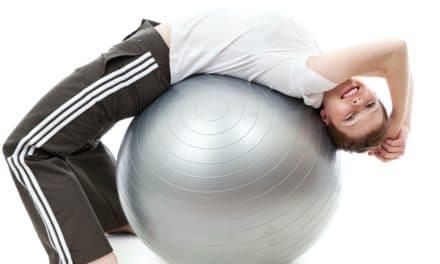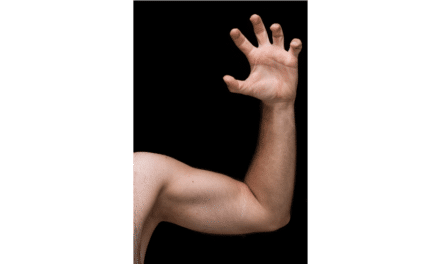I began implementing five Tibetan exercises in my daily routine that helps me feel energized, get my blood pumping, and increase my flexibility in the morning. I usually follow these exercises with breathing practices to start my morning. Since starting, I have found that it makes me feel amazing and would recommend that everyone integrate these exercises into their routine. Many people add other mobility exercises to the Tibetan Rites, but for today I will focus on the five traditional movements.
5 Tibetan Rites
The guide to doing these exercises comes from Healthline’s article “5 Tibetan Rites.” The first rite involves spinning, which is thought to speed up the chakras. I also believe that it helps with blood circulation before beginning the more intensive exercises. To begin, stand up straight and stretch your arms outward until parallel with the floor. Make sure your palms are facing down. While staying in the same spot, slowly spin your body in a clockwise direction. Do not bend your head forward. Keep your eyes open and cast them towards the ground. Stop spinning when you feel slightly dizzy so that you do not need to excessively spin. Over time, you will be able to spin more. Complete one to twenty-one repetitions.
The second rite is a double crunch that involves you lying on your back with your arms at your side, palms on the floor. Inhale and lift your head, moving your chin toward your chest. At the same time, raise your legs straight up, keeping your knees straight. Exhale and slowly lower your head and legs to the starting position. Make sure that you follow the breathing pattern throughout the exercise. You may need to do this on a carpeted floor, yoga mat, grass, or another soft surface. If it is too difficult to keep your legs and knees straight, start by bending your knees and slowly, you will be able to do more. Complete one to twenty-one repetitions.
The third rite is a thoracic bend. Kneel on the floor, knees shoulder-width apart and hips aligned over your knees. Then, straighten your trunk and place the palms on the back of your thighs, below the glutes. Inhale and drop the head back, arching your spine backwards to open the chest. After, exhale and drop your head forwards, moving your chin toward your chest. Do not move the hands on the back of your thighs because they are there to support you and help protect your back. Complete one to twenty-one repetitions.
The fourth rite is a bridge. To begin, sit on the floor and extend your legs straight ahead, feet should-width apart. Put your palms on the floor at your sides, your fingers facing forward and straighten your trunk. Then, drop your chin toward your chest and inhale and gently drop your head back. Simultaneously lift your hips and bend your knees until you are in a tabletop position, with your head gently titled back. Contract your muscles (especially squeezing your glutes), hold your breath, and stay in the tabletop position for a few seconds. Exhale, relax your muscles and return to the sitting starting position. If you cannot get in the tabletop position, reach your hips up as far as you can. Eventually, you should be able to get into the position. Complete one to twenty-one repetitions.
The fifth rite is called double dogs. Start by sitting on the floor with your legs crossed with your palms planted in front of you. Extend your feet behind you with your stomach facing the ground, curl your toes and keep them shoulder-width apart. Straighten your arms and arch your spine into an upward-facing dog. Then, inhale and lift your hips, moving your body into an upside-down “V” shape. Move your chin toward your chest and straighten your back into a downward-facing dog. Exhale and move back into upward-facing-dog and repeat. Complete one to twenty-one repetitions
Healthline’s article shows pictures that could be useful. Dave Evolution’s video “The 5 Tibetan Rites – Do These Before Your WHM Routine” was the video that resulted in me beginning these exercises. I also like Chase Mountains video “The Fountain of Youth [5 Tibetan Rites – Follow Along], which describes the rites while someone is doing them.
Final Insights About The Five Tibetan Rites
I like to do the five Tibetan rites daily in the morning, which you should do to benefit the most from these exercises. They do not take much time out of your day and make me feel amazing for the rest of my day. Healthline’s article from above explains that the benefits range from relief from joint and stiffness, improved strength and coordination, better circulation, reduced anxiety, more energy, a youthful appearance, and better sleep. Eventually, I want to experiment with mobility routines people have added to the Tibetan Rites to make it a more complete, full-body movement that could enhance the benefits. Hopefully, you will try these exercises and experience the same positive effects.





